READING PASSAGE 1.
Overpopulation, climate change, mass migration, farming issues and the use of natural resources are all affecting our relationship with terra firma, and it has never been more complicated. It is increasingly looking like Earth’s land is being overlooked rather than valued as precious resource.
For those living in Malé, the overcrowded capital of the Maldives, there is no choice but to build upwards. Caged by the sea, they have no more land to spread onto, yet the city’s population has soared by nearly 52% since 2006. The last census in 2014 counted 158,000 people crammed into the city’s 5.7 sq km of space, and officials say the figure has since grown further.
Space is such a premium in Malé that pavements are often less than one metre wide, forcing pedestrians to walk in single file, while many streets have no sidewalk at all.
Malé, capital of the Maldives, is emblematic of modern-day land issues: A small, increasingly urbanising space with a skyrocketing population. Rents have risen exorbitantly and, in some of the poorest areas, up to 40 people can be squeezed into buildings with just 23.2 sq metres of space – about the same size as a small studio flat.
With so many people living under each other’s feet, crime, drugs and domestic violence have risen alarmingly while the city frequently runs out of water. An entirely new island has risen next door out of the sea itself simply from the city’s garbage.
In the early 1990s the tallest buildings in the city were only two storeys high, whereas now the average height is eight storeys and some are as high as 25 storeys high. People are coming here because this is where the health, education and jobs are, but overpopulation is leading to many socioeconomic problems.
Although extreme, Malé is an example in miniature of something that is happening on a far larger scale around the world. With 83 million more people appearing on the planet every year, rising populations are placing increasing pressure on the land.
The UN’s latest estimates state that there are 7.6 billion people jostling for space on Earth at present and that number will rise to 9.8 billion by 2050. By the end of the century, their projections say there could be
11.2 billion people on our planet.
With 83 million more people appearing on the planet every year, rising populations are placing increasing pressure on the land. Each of those people will need somewhere to live, a place to work and fertile land to provide them with food. They will need water and energy to stay warm or to light their way at night. They will want roads to drive on and places to park. For the lucky ones, there will be space for their pastimes and leisure activities.
At first, it can be easy to dismiss fears that mankind may one day run out of space as ridiculous. Physically, the land can easily accommodate 11 billion people – there are around 51.7million sq miles of ice-free land on the planet.
But large tracts of land remain virtually uninhabitable due to their climate or their remote location: Enormous tracts of Siberia are too inhospitable to be lived upon, and the huge landmass at the centre of Australia is too arid to support many people, meaning the majority of its population is clustered along its coastline.
The cities and towns we live in account for less than 3% of the Earth’s total land area, but between 35% and 40% is used for agriculture. As populations grow, many fear that more h land will be used up to grow more food. And land management has a lot to do with resource management – what eat, how we grow it, and how we eat it.
To feed the world’s growing population, a study by researchers at Stanford University estimated that between 10,400-18,900 sq miles of additional land will be required, and that there is a reserve of 1.7 million sq miles thought to be suitable for growing crops left in the world.
The researchers predicted that increasing demand for food, biofuels, industrial forestry and the spread of urbanisation will result in this reserve of land being completely used up by 2050.
The bad news is that the demand for new cropland and pastures for animals is already thought to have caused 80% of the deforestation taking place around the world today, wiping out large areas of rich biodiversity and trees that act as natural sinks for greenhouse gases.
The way we use land right now is extremely inefficient, so much of our land is being used to grow food for livestock – 75% of the world’s agricultural land is used for feeding animals that we then eat ourselves. About 40% of the food grown in the world is also never eaten by anybody – it is thrown away.
Questions 1-4. Read the text and choose the correct letter, A, B, C or D. Write the correct letter on your answer sheet for questions 1-4.
1 The height of most city buildings are now measured to be at a general level of
A 25-storeys B 2-storeys C 8-storeys D 40-storeys
2 The estimated spare land available that is considered to be good for agricultural use, such as the growing of vegetables is
A 51.7m sq miles B 1.7m sq miles C 10,000 sq miles D 18,900 sq miles
3 The current population figure produced by the United Nations for our planet is an estimated
A 11.2 billion B 11 billion C 7.6 billion D 9.8 billion
4 The percentage figure for the food we humans grow on Earth that is discarded as waste is approximately
A 75% B 3% C 52% D 40%
Questions 5-8. Do the following statements agree with the information given in the passage on the previous page? In boxes 5-8 on your answer sheet, write:
TRUE if the statement agrees with the information
FALSE if the statement contradicts the information.
NOT GIVEN if there is no information on this
5 From 2006 onwards, the rate of city dwellers in the Maldivian capital has grown at just under 50%.
6 Walking single file is common on the pavement due to the crowding.
7 Water shortages are an almost every day occurrence in the city mentioned.
8 Large portions of the land on Earth are completely unsuited for human occupation.
Questions 9-12. Complete the sentences below. Write ONE OR TWO WORDS ONLY to complete the sentences.
Write your answers in boxes 9-12 on your answer sheet.
Almost 52 million sq km of land is available to handle the more than 11 billion projected populations as it is classified as being 9……………… Whereas cities account for less than 5% of land usage, just over a third of the land available on Earth is used for 10………………. The loss of vast expanses of healthy forests that act naturally to absorb 11………………….A brand new piece of man-made land has been formed besides the current city, jumping out from the sea itself, made solely by using unwanted 12…………………
READING PASSAGE 2.
You should spend about 20 minutes on Questions 13-27 which are based on Reading Passage 2 below.
THE MONSTER SHIPS THAT CHANGED HOW WE TRAVEL
When the world’s then-largest ocean liner embarked on its first transatlantic voyage in September 1907, thousands of spectators gathered at the docks of Liverpool to watch. Cunard’s RMS Lusitania had been outfitted with a new type of engine that differed from that of its rivals – and it would go on to break the speed record for the fastest ocean crossing not once, but twice.
Between 1850 and 1900, three British passenger lines – Cunard, Inman and White Star -dominated transatlantic travel. Toward the end of the century, as increasing numbers of emigrants sought passage to the US and a growing class of Gilded Age travellers demanded speed and luxury, corporate rivalry intensified. Pressure from other European lines forced the British companies to add amenities like swimming pools and restaurants.
Not unlike today’s rivalries between, say, aircraft manufacturers like Airbus and Boeing, each raced to make its ocean liners the largest, fastest and most opulent. In the process, they launched the modern age of leisure cruising – and developed innovations and technologies that continue to be used on cruise ships today.
In the mid-19th Century, there were two main players. Inman’s inaugural steamship, launched in 1850, made it the first major British line to replace traditional side-mounted paddlewheels with a screw propeller – an apparatus with fixed blades turning on a central axis. With the added speed and fuel efficiency this brought, plus a sleek iron hull that was more durable than wood, Inman established itself as a company unafraid to try new technology for faster crossings.
Inman’s main rival, Cunard, focused on safety instead. The Cunard way was to let competitors introduce new-fangled technology and let them deal with the setbacks, once that technology had proved itself, only then would Cunard consider using it.
But Cunard risked being left behind both by Inman and by a new rival which burst onto the scene in 1870 – the White Star line’s splashy debut included five huge ocean liners, dubbed floating hotels. Their flagship, RMS Oceanic, launched in 1871 and the contrast with Cunard was stark, for example where Oceanic had bathtubs, Cunard offered a sink.
In 1888, Inman introduced ships which no longer required auxiliary sails, giving ocean liners a similar look to the one they have today.
Cunard, meanwhile, ventured into the new world of telecommunications by installing the first Marconi wireless stations, which allowed radio operators to transmit messages at sea, on its sister ships RMS Lucania and RMS Campania. First-class passengers could even book European hotels by wireless before reaching port.
In 1897, Germany entered the fray with the SS Amerika, wowed its well-heeled guests by introducing the first à la carte restaurant at sea: the Ritz-Carlton, brainchild of Paris hotelier Cesar Ritz and renowned chef Auguste Escoffier. It allowed guests to order meals at their leisure and dine with their friends rather than attend rigidly scheduled seatings – a forerunner of the kind of freestyle dining seen on today’s cruise ships.
To complicate matters, American banking tycoon JP Morgan was buying up smaller companies to create a US-based shipping-and-railroad monopoly. In 1901, White Star became his biggest acquisition. Suddenly, the battles weren’t only in the boardrooms: building the world’s top ocean liners was now a point of national pride.
With the help of a £2.6 million government loan (equivalent to more than £261 million today), Britain’s Cunard line launched the massive twins RMS Lusitania and RMS Mauretania. Both had the first steam turbine engines of any superliner.
White Star fought back with RMS Olympic and RMS Titanic that would feature double hulls and watertight bulkheads. With standard reciprocating engines, they were slower than the Cunarders, but surpassed them in size and elegance, even debuted the first indoor swimming pools at sea.
History changed course when Titanic hit an iceberg on 14 April 1912 and sank on her first transatlantic voyage. As a result of the tragedy, safety regulations were updated to require lifeboat berths for every passenger and 24-hour radio surveillance (rules which are still in place).
But there were more challenges to come. World War One broke out in 1914 and European governments requisitioned liners for war service. Despite a post-war liner-building boom, US anti-immigration laws reduced the number of transatlantic emigrants – the liners’ bread and butter – in the 1920s.
In 1957, more people crossed the Atlantic by ship than ever before, but by the following year, jet passengers outnumbered them. Cunard said flying was a just fad, and that it was not a genuine concern.
Despite Cunard’s best efforts, by the late 1950s more people were flying than taking ships to their destinations. Air travel and high operating costs doomed most transatlantic liners by the 1970s – only Cunard’s RMS Queen Mary 2 makes regular transatlantic crossings now.
Questions 13-18. Label as true, false, or not given (T / F / NG). Do the following statements agree with the information given in passage 2? Write your answers in the boxes for questions 13-18 as:
TRUE if the statement agrees with the information
FALSE if the statement contradicts the information
NOT GIVEN if there is no information on this
13 The competition between modern day airline manufacturers is very much like the early days of ship construction.
14 Inman was fearful of using the latest available materials alongside progressive construction methods to cut crossing times.
15 Following the invention of the radio, second class guests could reserve rooms to stay in the cities they were heading to from the ship they were on.
16 By borrowing a substantial amount of money, a leading British company built a couple of huge identical ships with the very first steam engine propulsion.
17 Crossing the Atlantic is done by the one remaining cruise ship these days on a scheduled timetable.
18 A German company introduced fixed and tightly controlled set-seating meal times on their newest ships.
Questions 19–23. Match letters A-C, to the statements numbered below 19-23.
Which company does each of the following statements refer to?
19 Being acquired by a high-powered financier meant that the proud thoughts of a nation were at stake.
20 Claiming air travel was a short-term temporary fashionable form of travel not to be overly worried about.
21 Using alternate newer technologies rendered older wind powered systems obsolete giving them the modern-day look.
22 Patiently waiting for their rivals to prove that new technologies and systems worked before implementing them themselves.
23 Producing massive ocean going vessels that gained them the nickname ‘hotels that float’.
A Cunard B Inman C White Star
Questions 24–27. Complete the sentences below. Choose NO MORE THAN TWO TO THREE WORDS from the passage for each answer.
It was a couple of times in the early 1900s that the newest ship of the day broke the 24…………………… As European firms excelled, it forced the U.K.-based companies to improve their ships and in particular to 25…………………… Due to a terrible disaster, new rules were put in place after that we can see today are 26……………………. It was often whole families in the early part of the 20th Century, moving from Europe to America that was known to the industry as their 27…………………….
READING PASSAGE 3.
A. When you get tired of typical sight-seeing, when you have had enough of monuments, statues, and cathedrals, then think outside the box. Read the four paragraphs below about the innovative types of tourism emerging around the globe and discover ways to spice up your itinerary.
B. One could eat your way through your travels if one wished. A comparatively new kind of tourism is gaining popularity across the world. In this, food and beverages are the main factors that motivate a person to travel to a particular destination. Combining food, drink and culture, this type of travel provides for an authentic experience, the food and restaurants reflecting the local and unique flavors of a particular region or country. Studies conducted into this travel phenomenon have shown that food plays, consciously or unconsciously, an important part in the vacations of a good number of travelers. Those trying this are looking for a more participatory style of holiday experience. Analysts have noticed a shift from ‘passive observation’ to ‘interaction and involvement’ in tourists, whereby the visitor comes into close contact with locals and their way of life rather than remaining a mere spectator.
C. This is a novel approach to tourism in which visitors do not visit the ordinary tourist attractions in traditional fashion. Rather, they let their whims be their guides! Destinations are chosen not on their standard touristic merit but on the basis of an idea or concept often involving elements of humor, serendipity, and chance. One example is known as Monopoly-travel. Participants armed with the local version of a Monopoly game board explore a city at the whim of a dice roll, shuttling between elegant shopping areas and the local water plant – with the occasional visit to jail.
Another example is Counter-travel, which requires you to take snapshots with your back turned to landmarks like the Eiffel Tower or Big Ben. Joël Henry, the French founder of Latourex, has developed dozens of ideas since coming up with the concept in 1990. The traveler must increase his or her receptiveness, in this way, no trip is ever planned or predictable. Henry’s most unusual invention is known as “Erotravel”, where a couple heads to the same town but travels there separately. The challenge is to find one another abroad. He and his wife have engaged in the pursuit in five cities and have managed to meet up every time.
D. This involves any crop-based or animal based operation or activity that brings visitors to a farm or ranch. It has recently become widespread in America, and participants can choose from a wide range of activities that include picking fruits and vegetables, riding horses, tasting honey, learning about wine and cheese making, or shopping in farm gift shops for local and regional products or handicrafts. For rural economies struggling to stay afloat in this age of industrial farming, it has become an important and marketable opportunity for improving the incomes and potential economic viability of small farms and rural communities. In western North Carolina, the organization ‘HandMade in America’ is using this method to develop their local economy and craft trades, and to educate visitors about farming practices. On their website, it is described as a niche market. As people are becoming more interested in the ecological importance of local food production, related projects reinforce the need to support local growers and allow visitors to experience the relationship between food and our natural environment.
E. This is the trend of traveling to destinations that are first seen in movies, for instance, touring London in a high-speed boat like James Bond or visiting the stately homes that are seen in Jane Austin films. The term was first coined in the US press in the New York Post by journalist Gretchen Kelly, who wrote a 2007 article entitled “The sexiest film locations from 2007 to visit now.”
Currently, summer blockbuster movies are being used as themed marketing tools by companies like Expedia and Fandango, who are promoting trips to where the Steven Spielberg film, Indiana Jones and the Kingdom of the Crystal Skull was made. Corporations as well as convention and tourism boards are exploiting the trend,
creating their own location based travel maps, like the Elizabeth: The Golden Age movie map published by VisitBritain, Britain’s official travel and tourism guide. Other travel itineraries have been created by tourism boards for movies including The Da Vinci Code (France), In Bruges (Belgium), and P.S. I Love You (Ireland). Although a new concept, it’s fast becoming a major factor in the choices travelers make in an increasingly tight economic climate. If a traveler has seen a site in a major motion picture, its media exposure makes it a compelling choice for a family vacation or honeymoon.
Questions 28-31. Reading Passage 3 has five sections, A–E. Choose the correct heading for sections B–E from the list of headings below.
Write the correct number, i–viii, in boxes 28–31 on your answer sheet.
List of Headings
| i Experimental Tourism | ii. Cuisine Tourism |
| iii Adventure Tourism | iv. Fashion Tourism |
| v Photographic Travels | vi. Set-jetting. |
| vii Agritourism. | viii. Introduction |
| ix Capital Cities |
28 Section B
29 Section C
30 Section D
31 Section E
Questions 32–35. Look at the following statements (Questions 32–35). Read passage 3 and complete the sentences using one word only from the text. Write the answers for questions 32-35 on your answer sheet.
Putting together and enjoying culinary delights ensures the trip is more 32……..…………… Moving quickly between more mundane public service facilities and malls that are more 33……………………. Film sets for hugely popular blockbuster movies are attracting couples to go there for their 34……………………. In the USA, visiting a strawberry picking field or listening to lectures on producing good wine is becoming increasingly 35…………………….
Questions 36-39. Label as true, false or not given (T / F / NG). Do the following statements agree with the
information given in passage 2? Write your answers in the boxes for questions 36-39 as:
TRUE if the statement agrees with the information
FALSE if the statement contradicts the information
NOT GIVEN if there is no information on this
36 Enjoying good foods is the most critical part of any good holiday for the majority of travellers.
37 Taking photos facing directly opposite from and facing away from a popular tourist site is a need for Counter-travel.
38 People are gaining appreciation for the need to back those producing local grown vegetables and other crops.
39 The term for promoting travel related to the film industry was first used in the British media.
Question 40. Read the text and choose the best match for the underlined phrase in the text, from the three options, A-C.
For people who are bored of doing the usual activities such as looking at the common tourist attractions, they need to reconsider things from a different perspective. This means to think is a way that is ………………….
A unique. B new. C creative.
How did it go? Please share your feedback in the comment section below:
VIEW ANSWER KEYSIELTS Speaking Task Topics
Click on any topic to explore more!
Names

Learn about the importance of names and their cultural significance.
Study / Job

Discuss various aspects of studying and working in different fields.
Hometown

Explore the charm of your hometown and its unique features.
Accomodation
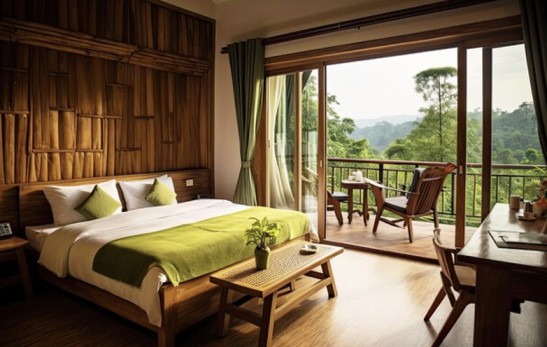
Understand various types of accommodation and living situations.
Weather

Learn about how weather influences daily life and activities.
Time

Discuss the concept of time, its importance, and time management.
Television

Talk about the role of television in modern entertainment.
Museum

Discuss the cultural importance of museums and historical exhibits.
Holidays
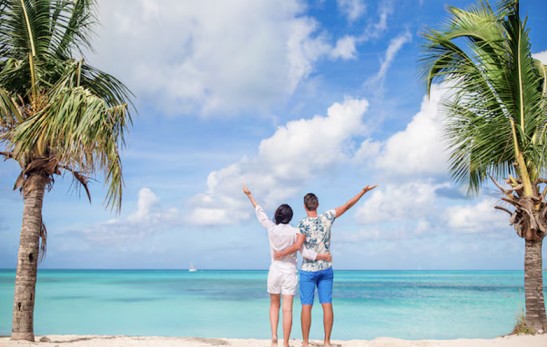
Explore the significance of holidays and different celebrations.
Films
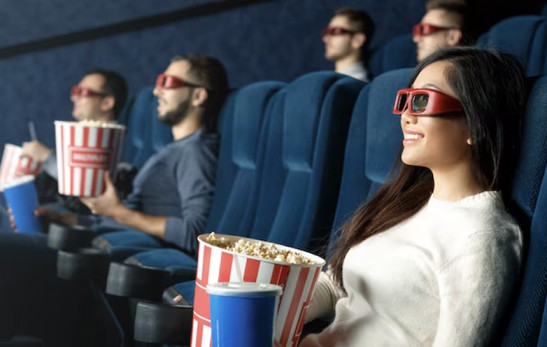
Learn about the impact of films on culture and society.
Leisure Time

Discuss how leisure activities impact personal well-being.
Sport

Talk about the role of sports in health, entertainment, and culture.
Vegetables and Fruits

Discuss the health benefits and importance of fresh produce.
Maths

Explore the role of mathematics in various aspects of life.
Sky

Discuss the beauty and scientific significance of the sky.
Clothes&Fashion

Explore how clothing reflects culture and personal expression.
Weekend

Discuss the importance of weekends and ways people relax.
Reading

Learn about the importance of reading and various reading habits.
Sleep

Explore how sleep impacts physical and mental well-being.
Trees&Plants

Discuss the environmental and health benefits of plants.
Newspaper

Discuss the evolving role of newspapers in the digital age.
Texting

Explore the role of text messaging in modern communication.
Memorising

Learn techniques for improving memory and memorization.
Travelling

Discuss the importance and impact of traveling in modern society.
Communication

Explore the modes and significance of communicating well
Letter&Email

Explore the differences and significance of letters vs. emails.
Swimming

Discuss the benefits of swimming for health and fitness.
Snacks

Explore the role of snacks in daily nutrition and lifestyle.
Photography

Discuss photography’s cultural and artistic significance.
Help

Talk about the importance of offering and receiving help.
History

Discuss historical events and their impact on modern society.
Handwriting

Explore the significance of handwriting in education and culture.
Music

Learn about the influence of music on emotions and society.
Colours

Discuss how colours affect perception and mood.
Teachers

Explore the role of teachers in shaping students’ futures.
Being Alone

Talk about the experience and benefits of spending time alone.
Teamwork

Learn the importance of teamwork in professional and social contexts.
Countryside & City
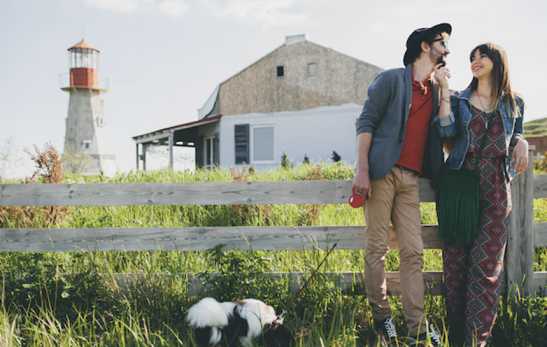
Explore the charm and benefits of living in the countryside.
Social Media

Discuss the impact of social media on society and relationships.
Friends

Explore the importance of friendships in life.
Artificial Intelligence (AI)

Talk about the future of AI and its role in society.
Climate Change

Discuss the causes and consequences of climate change.
Transportation

Explore different modes of transportation in your area.
Sustainable Transportation

Explore ways to make transportation more environmentally friendly.
Space Exploration

Learn about the latest advancements in space exploration.
Shopping

Explore how shopping influences culture and the economy.
Modern Technology

Discuss how modern technology is reshaping society.
Technology

Learn about the role of technology in everyday life.
Sustainable Living

Explore ways to live sustainably for the future of the planet.
Globalisation

Learn about the effects of globalisation on society and economies.
Global Warming
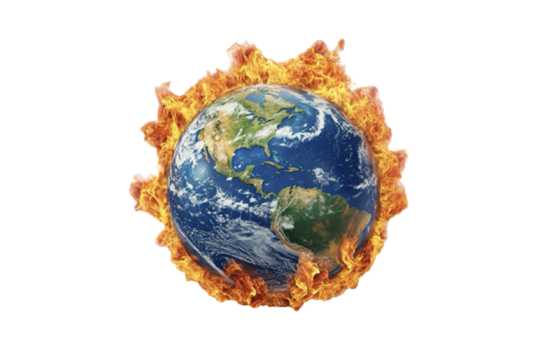
Discuss the causes, effects, and solutions to global warming.
Gender Equality

Explore the importance of gender equality in modern society.
Health and Fitness

Discuss the importance of maintaining a healthy lifestyle.
Renewable Energy

Learn about renewable energy sources and their impact on the environment.
Cultural Traditions in Kerala
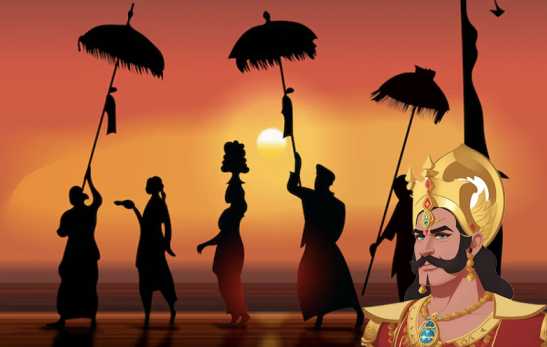
Explore the unique cultural traditions of Kerala, your hometown.
Cultural Traditions in Your Country

Learn about the cultural traditions in your country.
Education System

Discuss the education system in your country and its effectiveness.
Traditional Cuisine
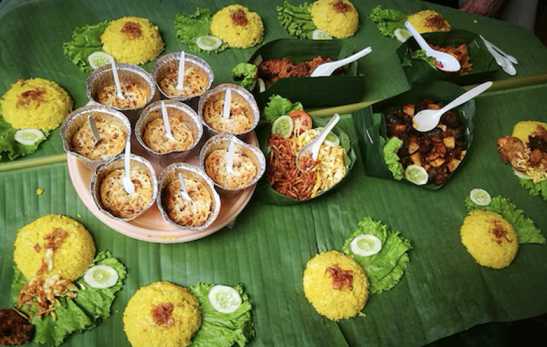
Explore the significance of traditional cuisines in your culture.
Do you need printed IELTS/ OET practice material? Place your order today. Available now for just Rs: 1,100 (including shipping all across India) Contact us at our WhatsApp number: +91 9886926773 to place your order. (Free for LTC students)
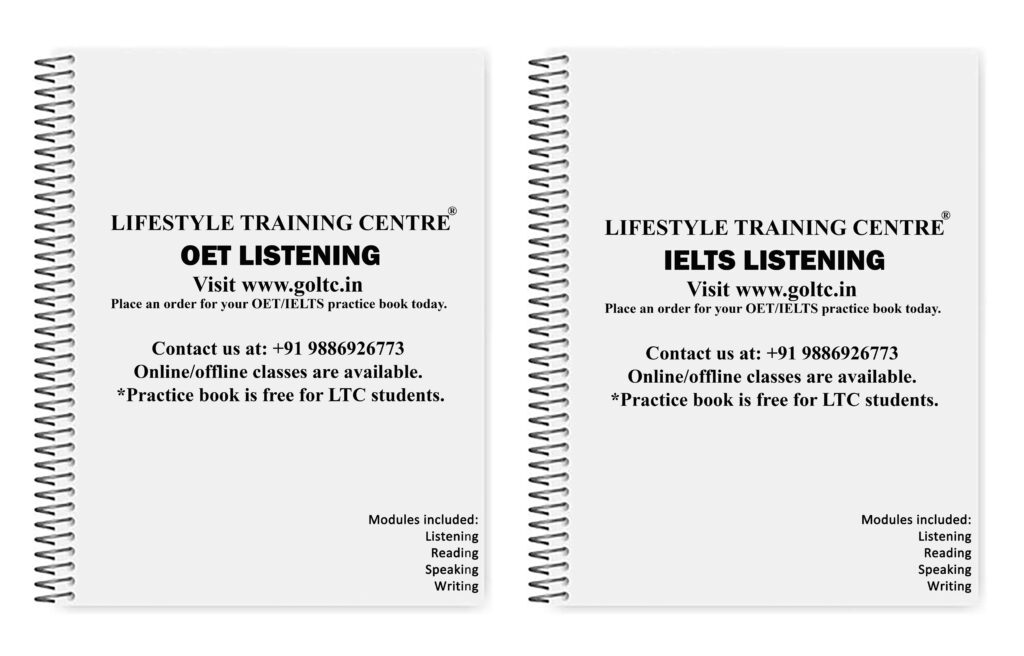
We hope this information has been valuable to you. If so, please consider a monetary donation to Lifestyle Training Centre via UPI. Your support is greatly appreciated.

Would you like to undergo training for OET, PTE, IELTS, Duolingo, Phonetics, or Spoken English with us? Kindly contact us now!
📱 Call/WhatsApp/Text: +91 9886926773
📧 Email: mail@goltc.in
Visit us in person by following the directions on Google Maps. We look forward to welcoming you to the Lifestyle Training Centre.
Follow Lifestyle Training Centre on social media:
Thank you very much!
Would you like to download a copy of the practice test? Please click on the download button below:


Pingback: HOW WE MANAGE THE LAND ON EARTH IELTS READING | Lifestyle Training Centre®
Pingback: HOW WE MANAGE THE LAND ON EARTH answers | Lifestyle Training Centre®